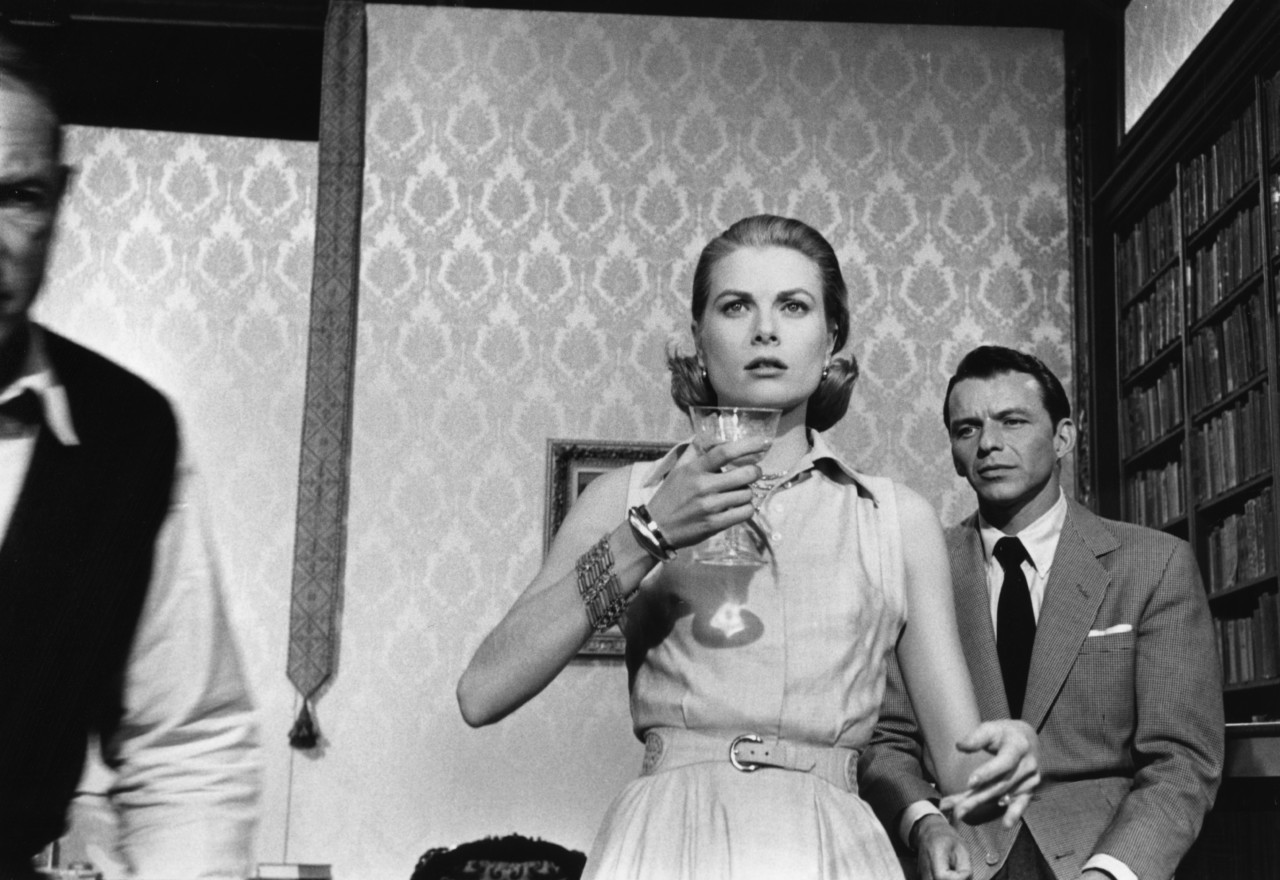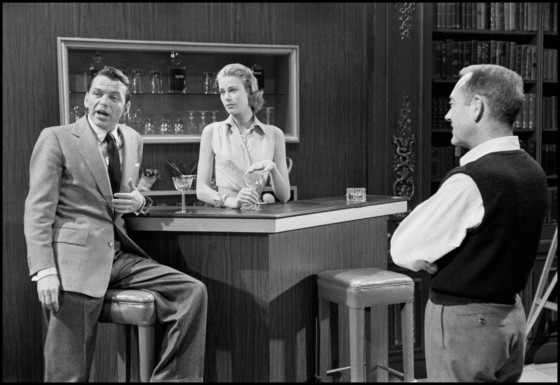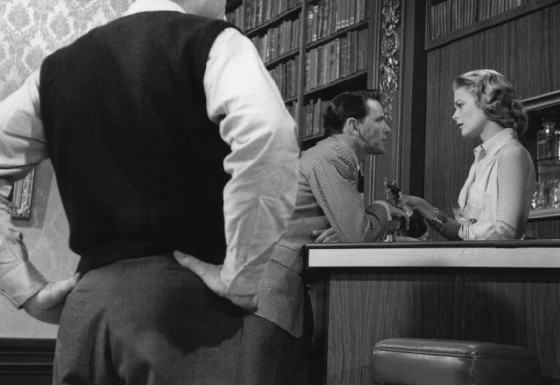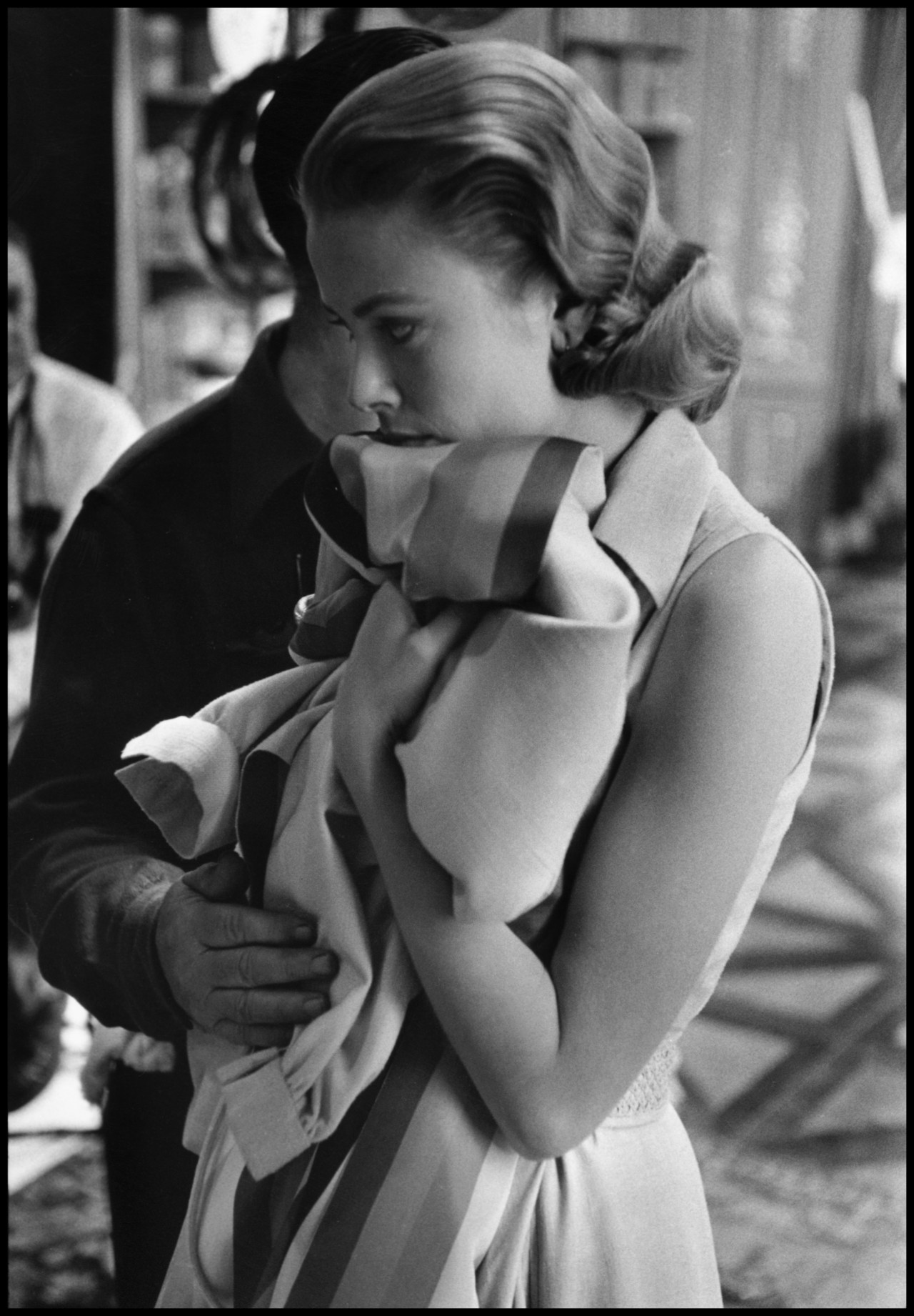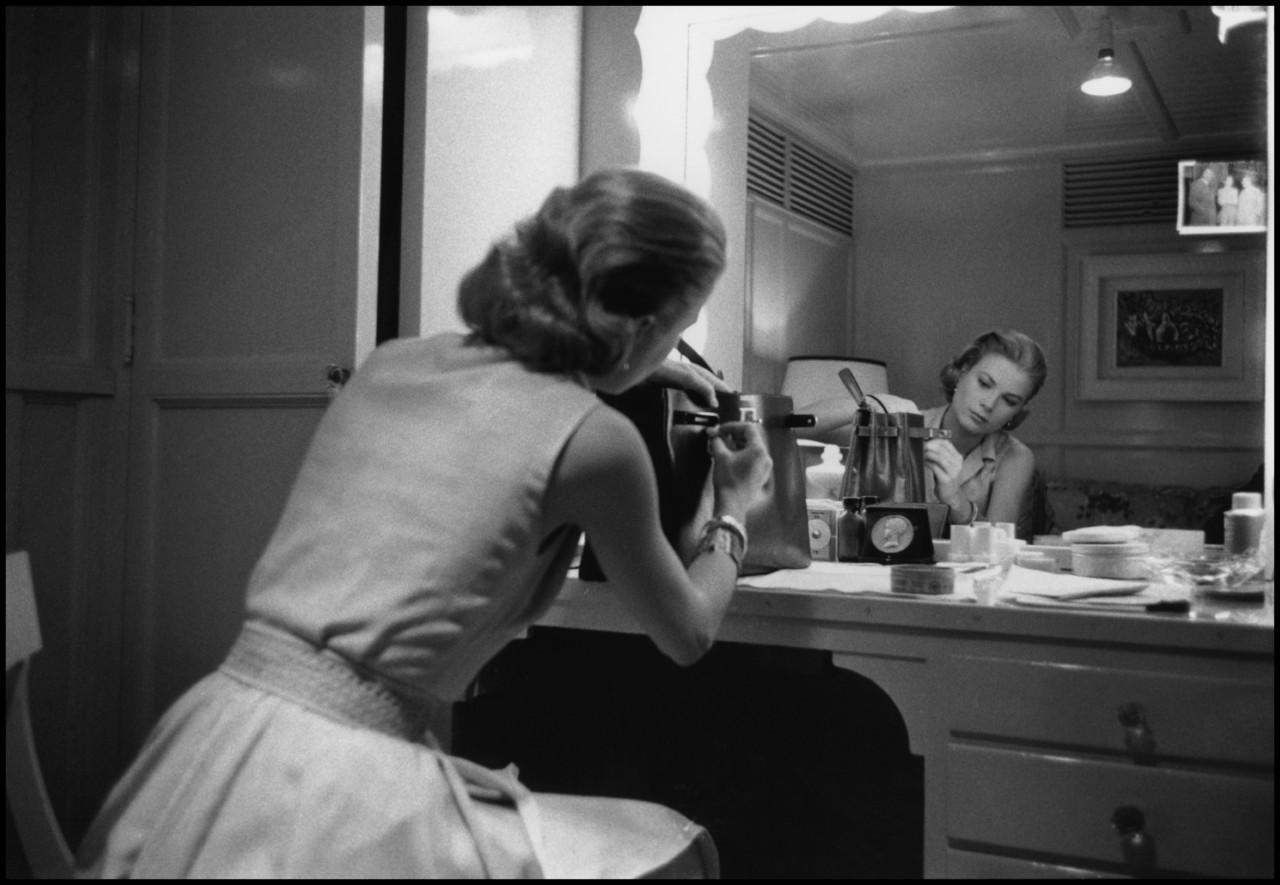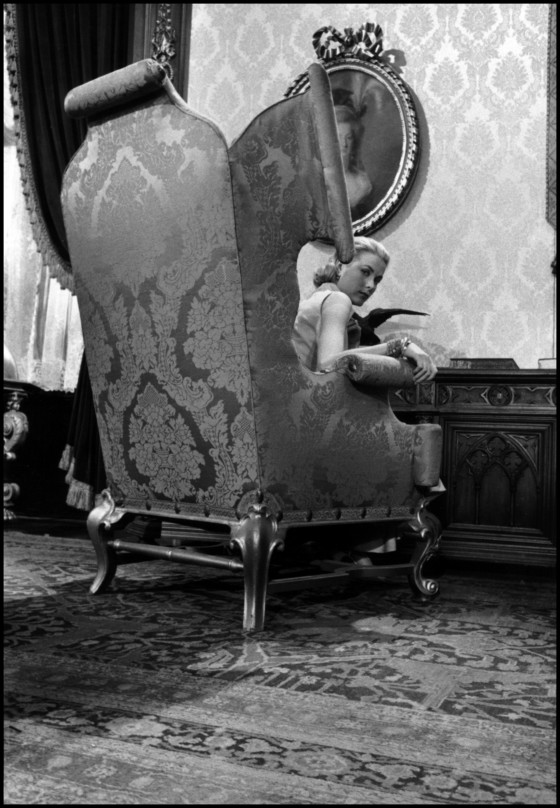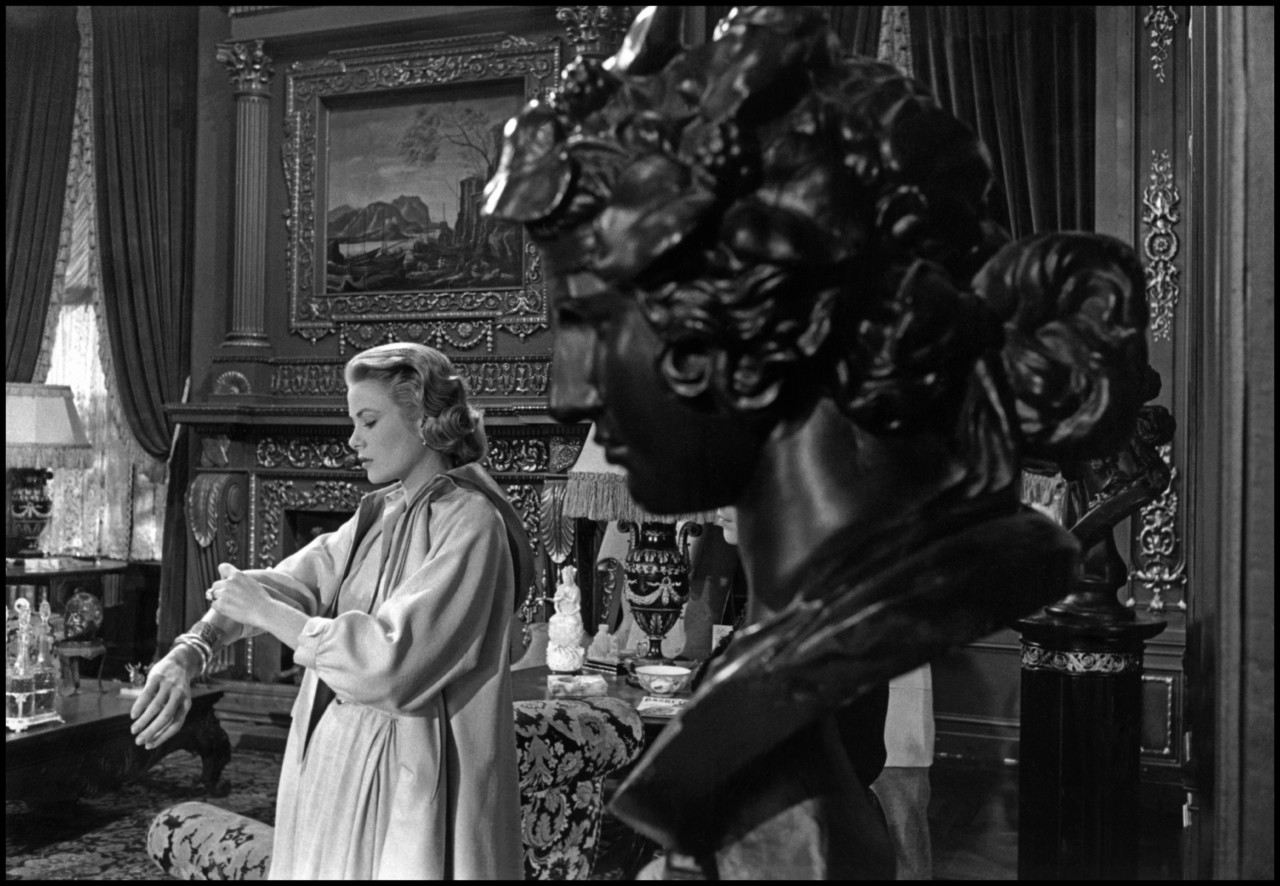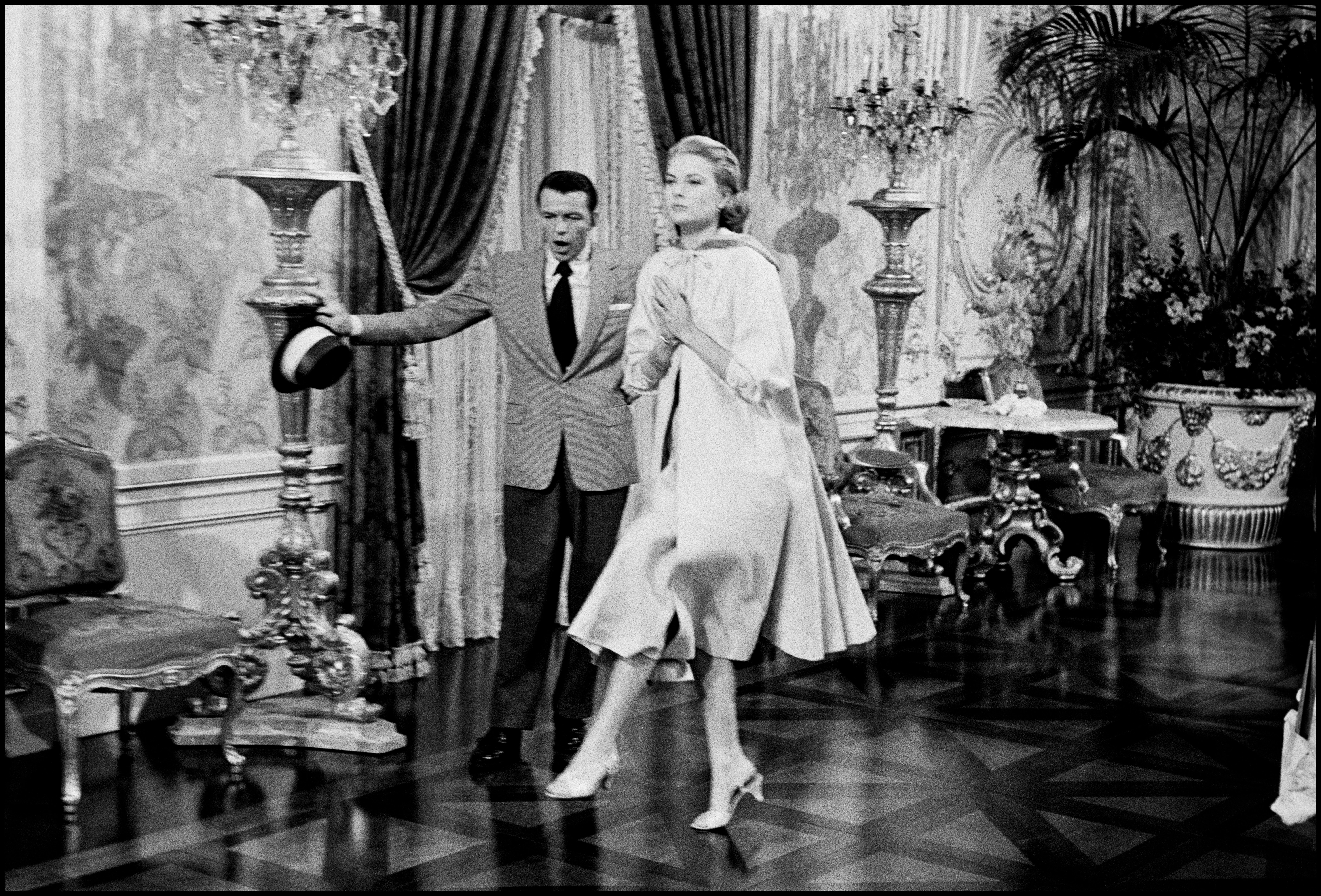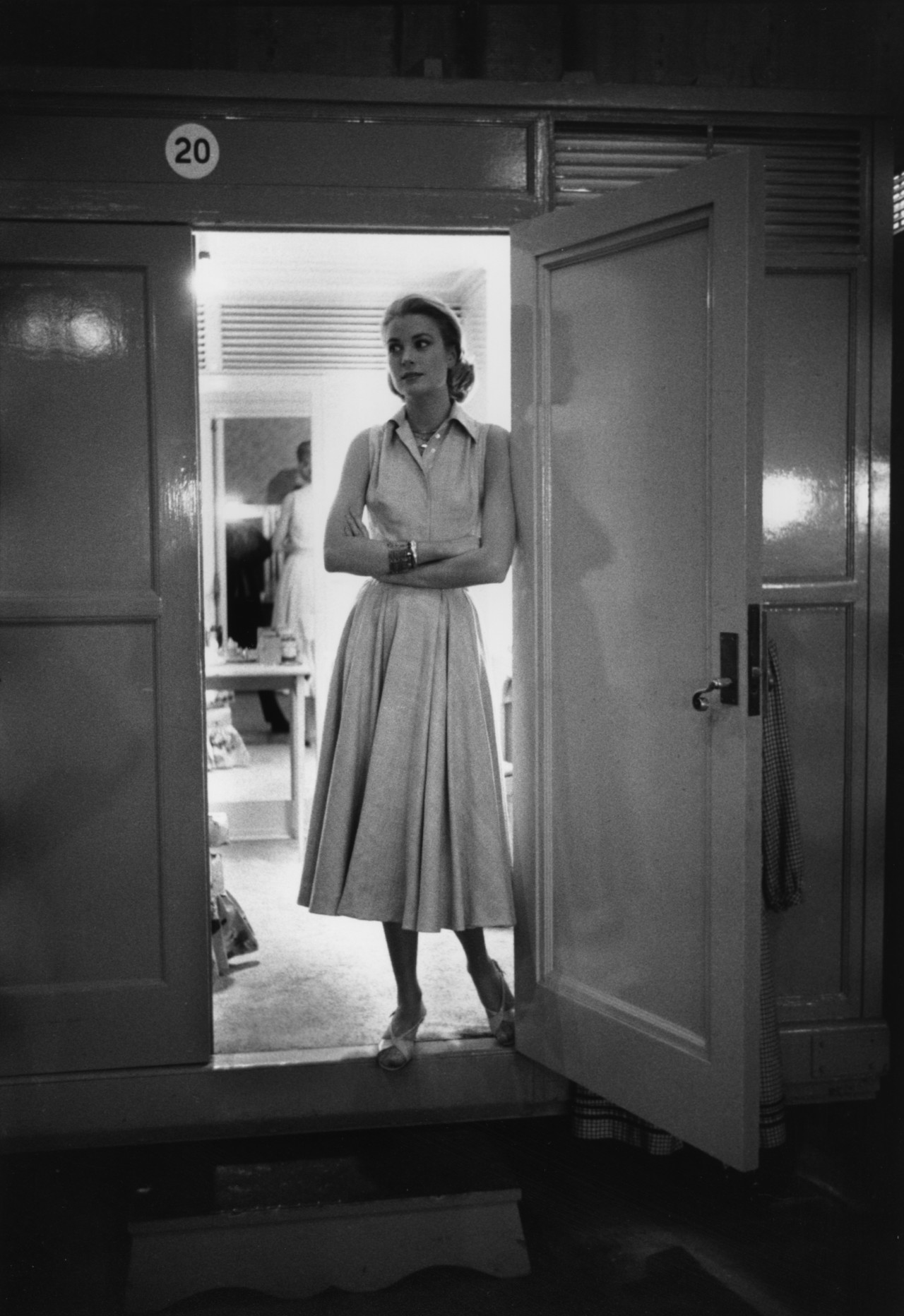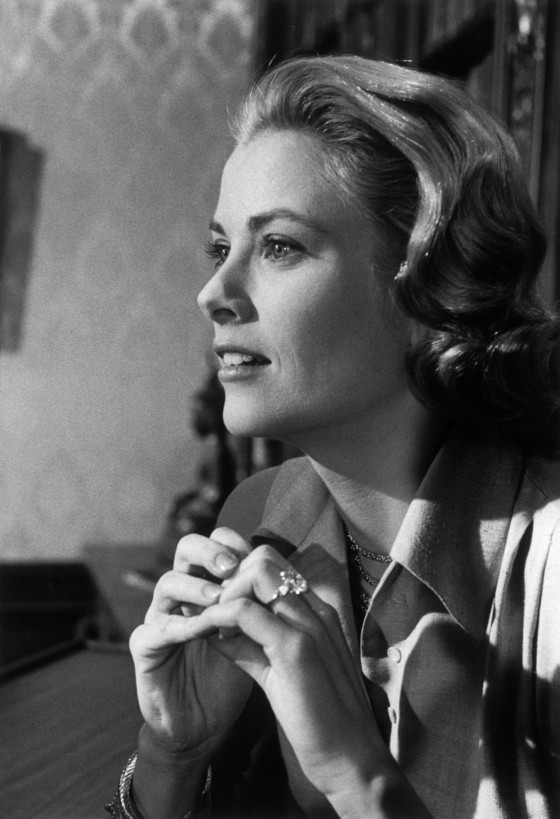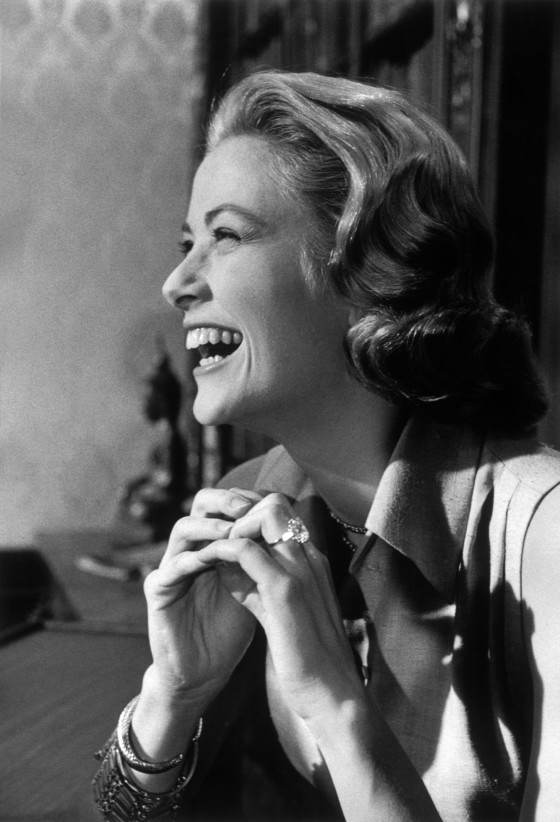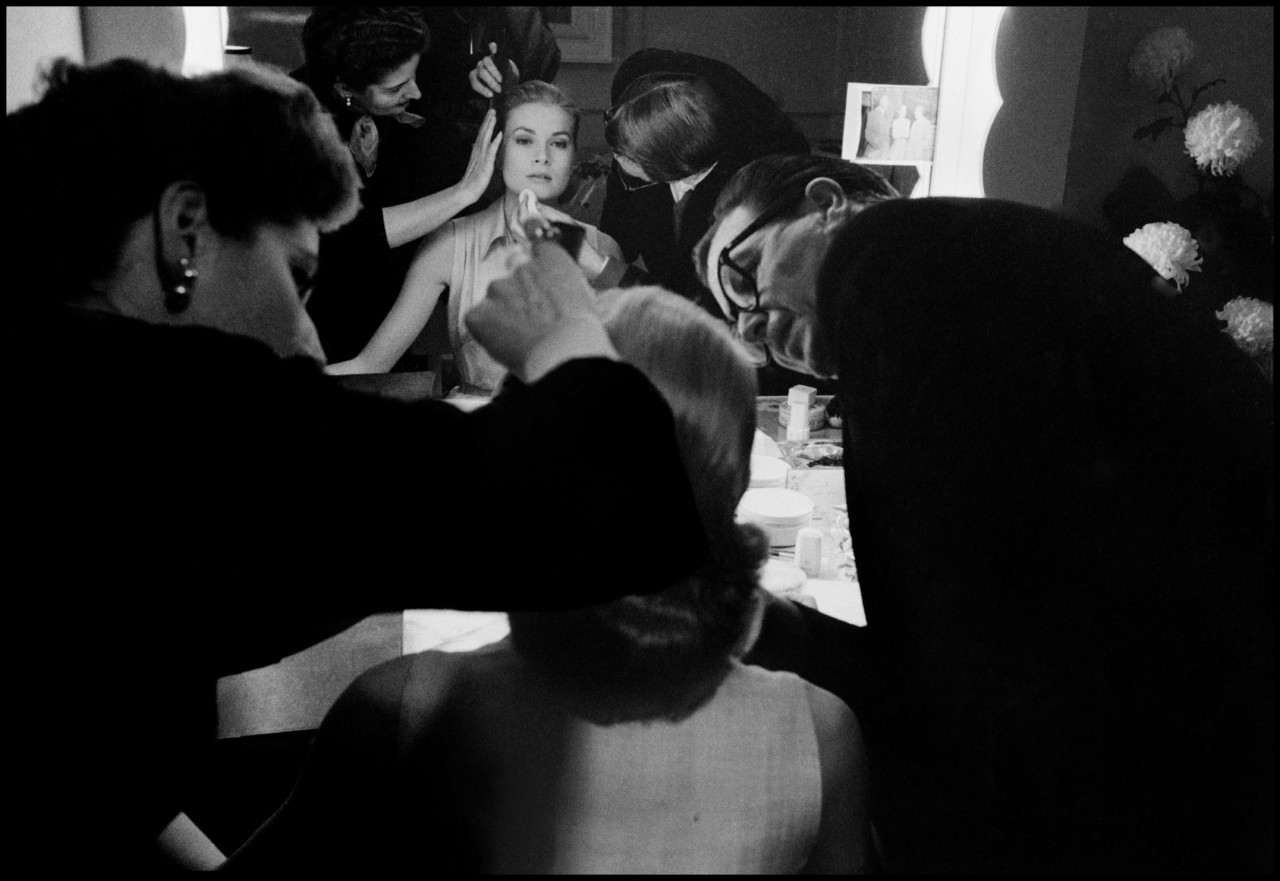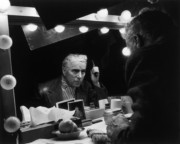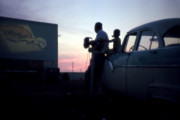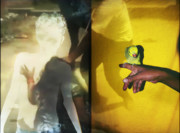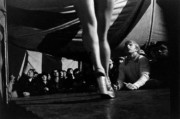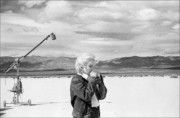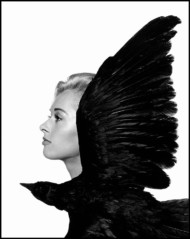Magnum On Set: High Society
The final feature in Grace Kelly's film career, before her marriage to a European monarch and her untimely death
Magnum photographers have, over more than seven decades, captured pivotal moments in popular culture as much as historic events and societal sea changes. Working behind the scenes on sets of many classic films, they have captured not only iconic stars at various stages of their careers, but also documented the changing nature of cinema and film production. Sets, equipment, and special effects that once seemed futuristic are, with the passing of time rendered disarmingly romantic.
Here Sabina Stent explores Dennis Stock’s photographs, made on the set of 1956’s High Society, the last feature-length film to ever star the American actress Grace Kelly, who appeared alongside Bing Crosby, Frank Sinatra and Louis Armstrong.
See other stories in the Magnum On Set series, here.
Throughout his years as a photojournalist, Dennis Stock gained his revered reputation for always treating his subjects with unwavering respect. The photographer’s most famous example, his 1955 photographs of James Dean (which included the well-known Times Square image) were startling in their intimacy, revealing what appeared a casual approachability in the actor . These photographs extracted the person underneath the sensation; a slightly awkward, casually dressed, 27-year-old kid from Indiana who happened to be the hottest movie star in the world. The images gained greater potency following Dean’s premature death the same year. Stock was no stranger to on-set photography, but his approach remained the same: to capture the people behind their star image, resulting in a combination of candid moments off-set and activity on-set. As his photographs of High Society (1956) show, he focused predominantly on Grace Kelly as opposed to her famous co-stars, the obvious reason being that the movie signalled Kelly’s farewell to Hollywood and her imminent marriage to Rainier Grimaldi, the Prince of Monaco.
Directed by Charles Walters, the romantic musical comedy was a remake of George Cukor’s The Philadelphia Story (1940) which centred on acclaimed jazz musician C. K. Dexter Haven (Bing Crosby) and his attempts to woo his ex-wife Tracy Samantha Lord (Kelly) away from her fiancé Macaulay “Mike” Connor (Frank Sinatra). It is a wacky, jovial affair, with more charm than weight. Stock’s photographs, while being rather similar, strike a nice balance between work and rest. We see wardrobe and make-up attending Kelly’s appearance, and the costuming department providing the finishing touches to confirm she looks perfect for the screen. The film weaved into Kelly’s personal life, too, as MGM costume designer Helen Rose, who worked on High Society went on to design Kelly’s wedding dress.
A former dancer, Kelly possessed perfect poise and a sartorial elegance that was beloved by both the film and fashion worlds, with the latter especially keen to acknowledge and honor her sartorial flair. In one photograph, we see Kelly sitting in her dressing room, attending to her handbag. On closer inspection, we can see that this is a Hermes “Sac à dépêches”, which in 1935 became known as “The Kelly Bag” in the Hollywood icon’s honour. For Kelly, couture functioned not only as adornment but as an extension of the characters she played. To this day, Kelly’s image continues to be entwined with elegance and high couture and in 1960 she received the highest sartorial honour: induction into the International Best-Dressed Hall of Fame.
"To this day, Kelly’s image continues to be entwined with elegance and high couture"
-
There was no shying from Kelly’s glamour, both on-screen and off. In Alfred Hitchcock’s Rear Window (1954), in which she starred opposite James Stewart, she played Lisa Fremont, a fashion model who “never wore the same dress twice.” However, what was unique about this character, unlike the previous roles she played, was her financial independence. She may have been a wealthy socialite, but she was also a career woman who could stand on her own two feet.
Kelly was greatly admired, both on-screen and off; she was talented and most importantly, she recognised her worth. Her always-increasing acclaim enabled her to negotiate a better contract for herself at MGM, and she even threatened to leave Hollywood if she didn’t secure the role of Georgie Elgin in George Seaton’s The Country Girl (1954). It paid off and she won the Academy Award for Best Actress for the role she had battled to win. When Rear Window (1954) arrived in cinemas, her name appeared on theater marquees in equal position with Stewart and Hitchcock. By the time of High Society, her star was at its highest, but she was about to leave it all behind.
"By the time of High Society, her star was at its highest, but she was about to leave it all behind."
-
Kelly wore her enormous diamond engagement ring from her fiancé, Prince Rainer of Monaco, throughout High Society, weaving this personal item into her character’s narrative. The Cartier 10.48-carat emerald-cut diamond and platinum ring was a piece of jewellery fitting for both a real-life princess and for Tracy, the ‘rich girl’ she portrayed in the film. Stock’s two close-up images of Kelly captured her with hands clasped and entwined just below chin-level. In one she is laughing, joyfully, her obvious contentment matching the radiance of the gem. Such was the occasion of Kelly’s nuptials that the royal wedding was watched by 30 million people around the world, and attended by a slew of Hollywood names.
High Society’s reviews, unfortunately, were hardly glowing. Bosley Crowther of the New York Times was rather scathing in his review, referring to High Society as ‘as flimsy as a gossip columnist’s word, especially when it is documenting the weird behaviour of the socially elite.’ Crowther reserved more scorn for Kelly than the male leads, describing the ‘pretty and lady-like Grace Kelly’ as ‘flouncing lightly through its tomboyish Hepburn role,’ and High Society ‘misses the snap and the crackle that its un-musical predecessor had.’ The December 31, 1955 review in Variety, however, was more complimentary, recognizing the film’s ‘strong Cole Porter score,’ and describing High Society as ‘a pleasant romp.’ It continues, ‘their impact is almost equally consistent.’ The publication was also careful to acknowledge the strengths of each of the three actors, noting how the film utilized the vocal talents of Frank Sinatra, while ‘Kelly impresses as a femme lead.’ Even in her final role, Kelly continued to move her audiences.
Despite persuasion, Kelly never returned to movies after marriage. The tragedy of her 1982 demise, in a car accident, heightens the emotional impact of one particular photo, where she stands in the doorway of her dressing room, arms folded, her eyes looking to the right. She appears slightly amused, the hints of a knowing smile play on her lips, relaxed and calm as the stresses of a film set reign around her. Possibly, she’s thinking of the beginning of her new life: a moment of serenity, contentment, and happy contemplation.


